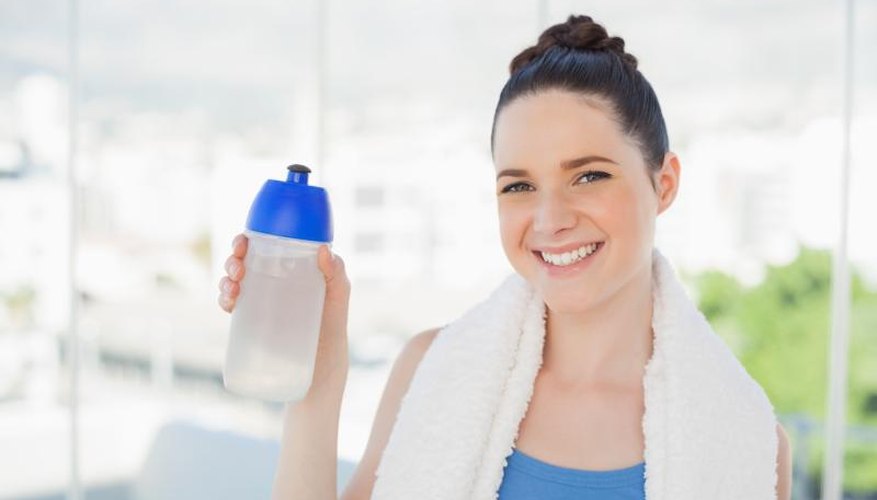Cooling towels is an easy and effective way to help beat the heat during warm weather activities. Made from unique materials that hold moisture, cooling towels can lower your body temperature when wet, providing welcome relief from hot sun and high humidity. With some simple preparation and care, cooling towels can be a useful summertime accessory for exercise, outdoor recreation, or just relaxing in the shade.
Choosing a Cooling Towel
Cooling towels come in a few different styles, with options like towels that snap around your neck or headbands. Consider your needs when selecting a style. If wearing the towel around your neck, pick a large size. For headwear, choose no-tuck styles that don’t require folding or rolling.
Look for cooling towels made from soft, absorbent microfiber or innovative fabrics like HyperKewl. These materials maximize cooling power. Avoid cheaper towels made with thin, rough materials. High-quality towels retain moisture better.
Preparing Your Cooling Towel
Before first use, wash cooling towels on a gentle cycle according to care instructions. This helps maximize absorption and cooling capabilities.
To activate the cooling properties, completely wet the entire towel in cool water. Wring out any excess moisture so the towel is damp but not dripping. Some towels may recommend soaking in water for a few minutes before wringing.
For best results, wet the towel again whenever it starts to dry out. Carry a water bottle to frequently re-wet your towel as needed.
Wearing Your Cooling Towel
Drape the towel around your neck, allowing the back panel to make direct contact with your skin. For a headband, position the towel across your forehead.
Adjust the towel as needed to cover sweaty areas like your neck, head, or wrists. Re-wet the towel often to maintain a cool temperature.
For additional cooling, place the damp towel in front of a fan to create an evaporative cooling effect. The breeze will accelerate water evaporation, enhancing the chilling sensation.

Caring for Your Cooling Towel
After each use, rinse your cooling towel in clean water to remove any dirt, sweat, or sunscreen residue. Allow the towel to fully air dry before storing or reusing.
Regularly wash cooling towels in the washing machine to prevent bacteria growth. Use a gentle cycle with mild detergent. Avoid fabric softener, as it can coat the fibers and reduce absorption.
For towels that become less absorbent over time, revive them by soaking them in vinegar water before washing them. The vinegar will help dissolve residue that’s built up in the fabric.
Storing Your Cooling Towel
Keep cooling towels in a dry, breathable bag or storage container. Allow towels to fully dry before storage to prevent mildew growth.
Avoid tightly sealing cooling towels in plastic bags or non-breathable containers. This can trap moisture and damage the fabric over time.
With the right towel and some simple care, cooling towels can make outdoor activities more comfortable and enjoyable all summer long. Stay cool and beat the heat with this simple but handy accessory.

Can I use a cooling towel with just water?
Yes, only water is required to activate a cooling towel’s moisture-wicking properties. Some towels recommend soaking in water first. Avoid using lotions or oils, which can clog fabrics.
How often do I need to re-wet my cooling towel?
Plan to re-wet your towel every 15-30 minutes when in use. The more frequently you wet it, the cooler it will be. Carry water to re-dip as needed.
How do I wash my cooling towel?
Machine wash cooling towels separately on a gentle cycle using mild detergent. Avoid fabric softener. Vinegar soaks can help revive towels losing absorption. Air dry completely.
Can I wear a cooling towel over my clothes?
Yes, cooling towels are designed to drape around your neck or head over top of clothing. The back panel rests against bare skin for cooling contact.
What temperature water should I use on the towel?
Cool tap water is ideal, as very cold water can be uncomfortable against your skin. Avoid hot water, which defeats the purpose of cooling.

